Swiss Replicas
A Brief History Of The Rolex Oyster Strap, Swiss Replica Watches
The thicker it is, the more durable it is.
Starting in the early 1950s, the Oyster strap continued to improve. As a chain strap installed on a tool watch, it must be more durable.
The most direct way is to increase the weight, which is more intuitively reflected in the picture below.
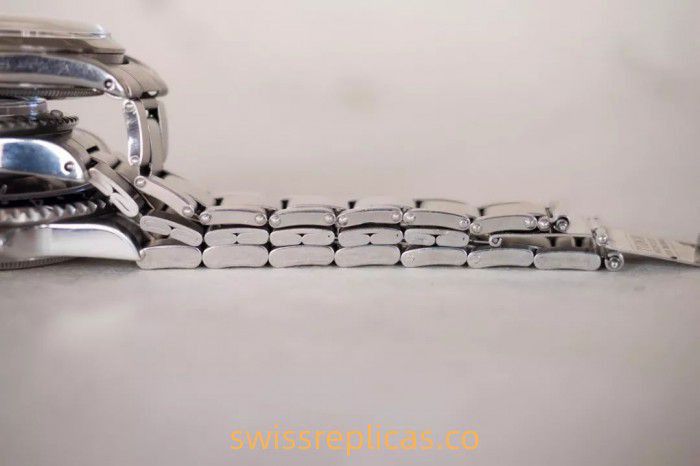
From top to bottom, there are three generations of Oyster straps.
The first generation is often called a “rivet bracelet.” As shown in the picture, it is made up of chain links fixed in sequence by rivets on the outside, and the chain links are hollow (slightly thin and light and can easily trap dirt and evil).
The second generation is the “folded link bracelet.” Looking carefully at its side, the chain link is made of a piece of metal folded multiple times, making it thicker, and the connecting shaft is also hidden inside the chain link.
The third generation is the solid link, the strongest and most reliable. At this point, the style is just like the Oyster strap we see today.
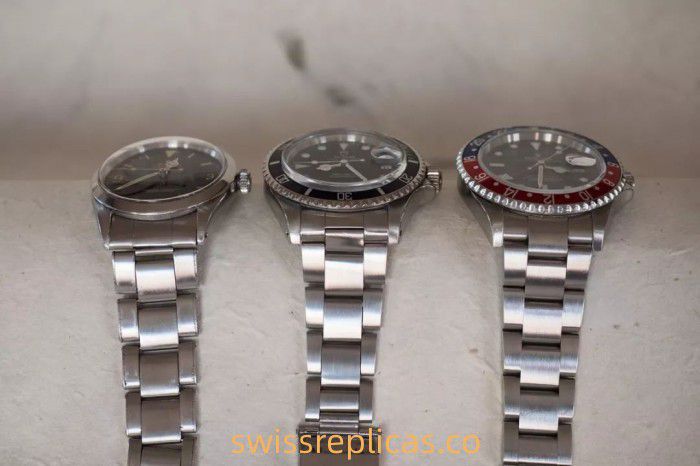
Although the structure is different, the form and spirit are unified.
The thicker and more compact the links, the more durable the strap. A damaged strap may cause the watch to be lost or dropped to the ground; therefore, the strap’s durability is crucial to the fate of the watch case, and this is what Rolex has always insisted on doing. Swiss replica watches.
More locks, more peace of mind
The two-piece folding clasp, which was very common on previous steel straps, has a simple structure and is easy to use. However, when this kind of structure is hit hard, the tragedy of accidentally opening cannot be avoided. This is a flaw in a tool watch whose mission is to make it durable.
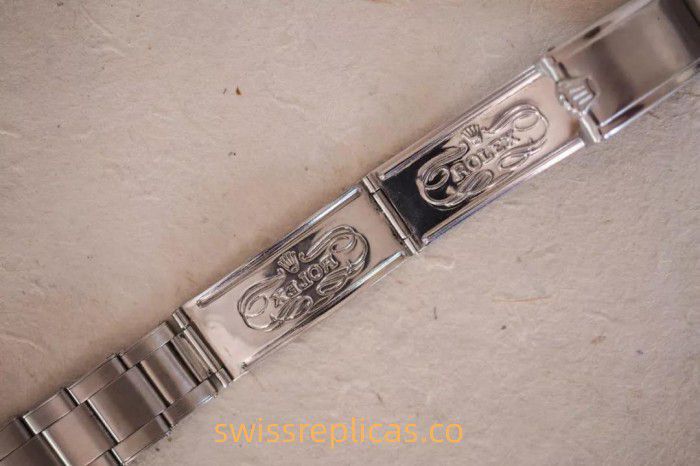
Therefore, in 1969, Rolex used an improved clasp on the Sea-Dweller and Submariner.
Based on the original folding buckle, it is equipped with an additional fixed buckle and an extension adjustment system for diving so that the strap can be locked tightly without losing flexibility. This vital improvement created an exclusive series of straps (Diver clasp) for Rolex diving watches.
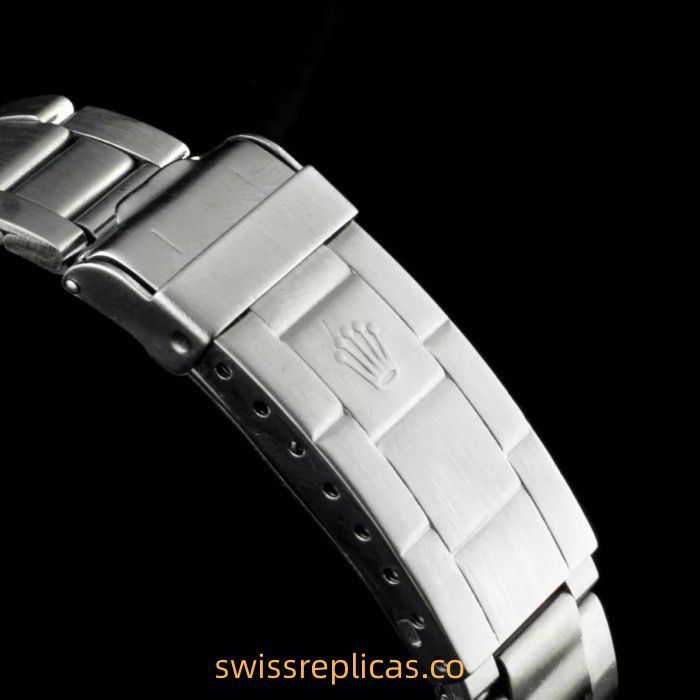
Take the “evolution” of the Submariner’s strap as an example; it has gone through Ref.7836 – Ref.9315/9316 (reinforced clasp) – Ref.93150 (solid link) – Ref.93250. The last model, Ref. 93250, is the Oyster strap with a micro-adjustment system (Glidelock) installed on today’s Submariner.
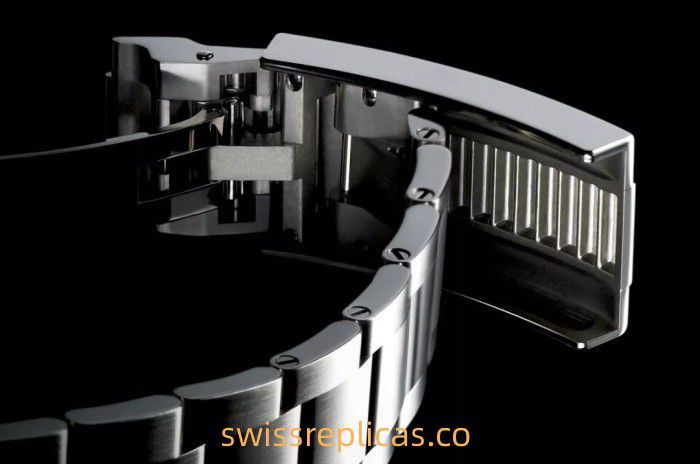
As mentioned in the first tweet of this series, today’s Oyster strap did not happen overnight. Rolex has improved it for decades to achieve such a near-perfect product.
This reflects Rolex’s optimization of every technical detail and its paranoid focus on execution. And its goal is always the same – to make watches better.
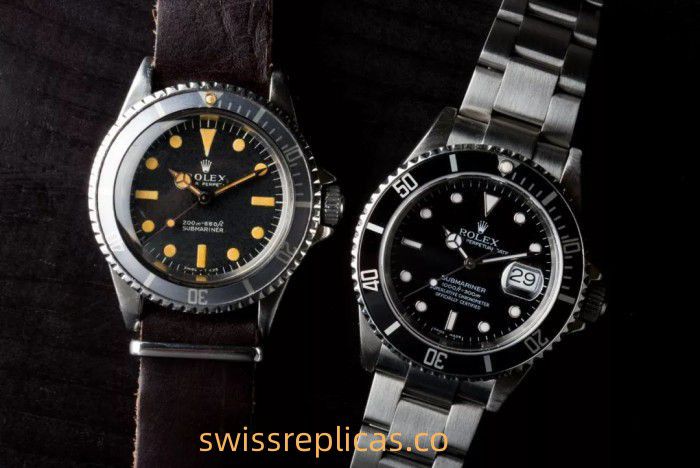
However, for antique enthusiasts who have a unique complex, some improvements in new models are increasingly losing their elegance. However, objectively speaking, they have undoubtedly become more durable as a series of tool watches. Swiss models replica watches.
Category maniac Organizing fetish.
Not only do historical models have exclusive reference numbers (Ref.) that can be found, but so do Oyster straps from the past. Usually, it can be found on the last link of the strap (before the end arc). It not only indicates the strap model but also represents the size of the end interface.
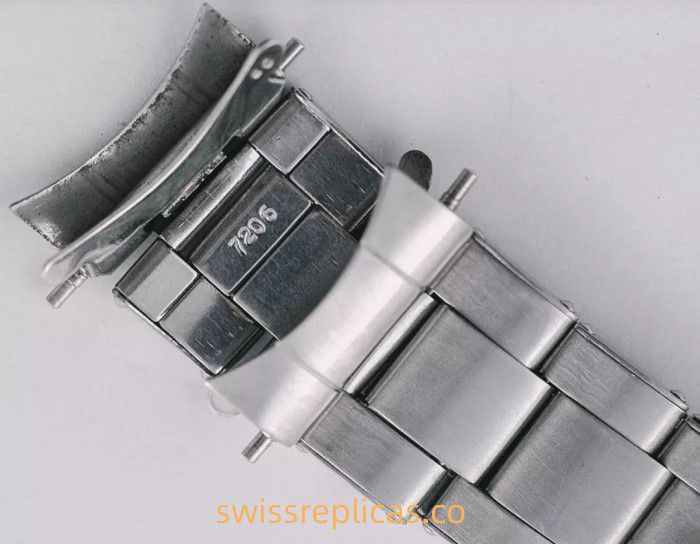
For example, Ref.7206 is a 20mm riveted Oyster bracelet, while a similar 19mm bracelet is Ref.7205. Of course, there is also a women’s chain belt – 13mm Ref.7204.
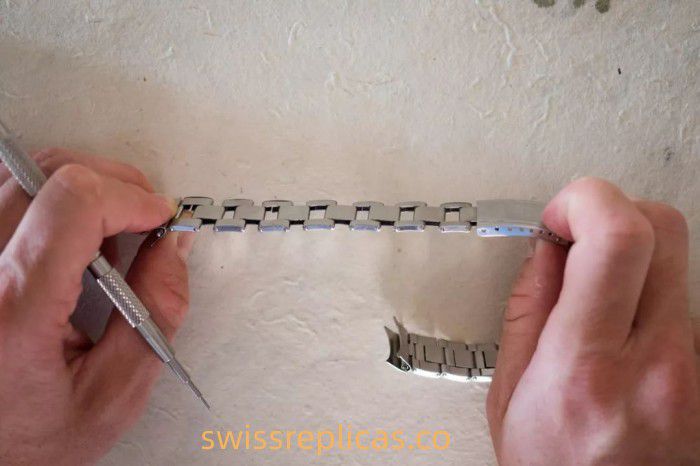
Modification of “rivet strap” (expanding links)
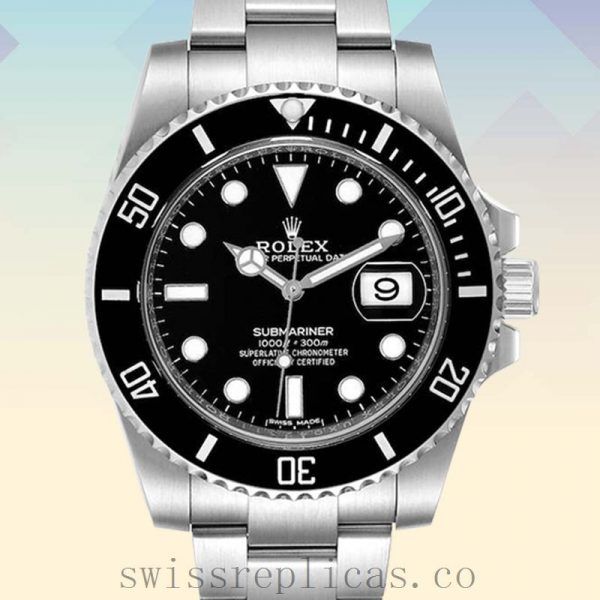
Model: 116610LN
Movement: Automatic
Brand: Rolex
Series: Submariner
Gender: Men’s
Case Color: Silver-tone
Band Length: 18cm

